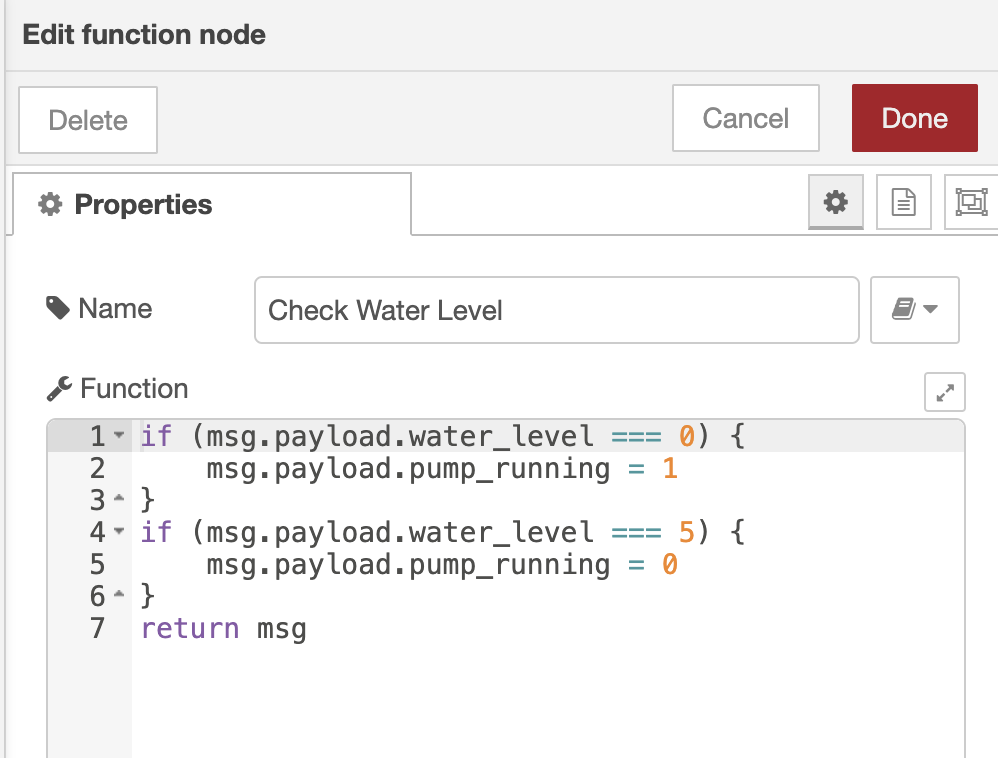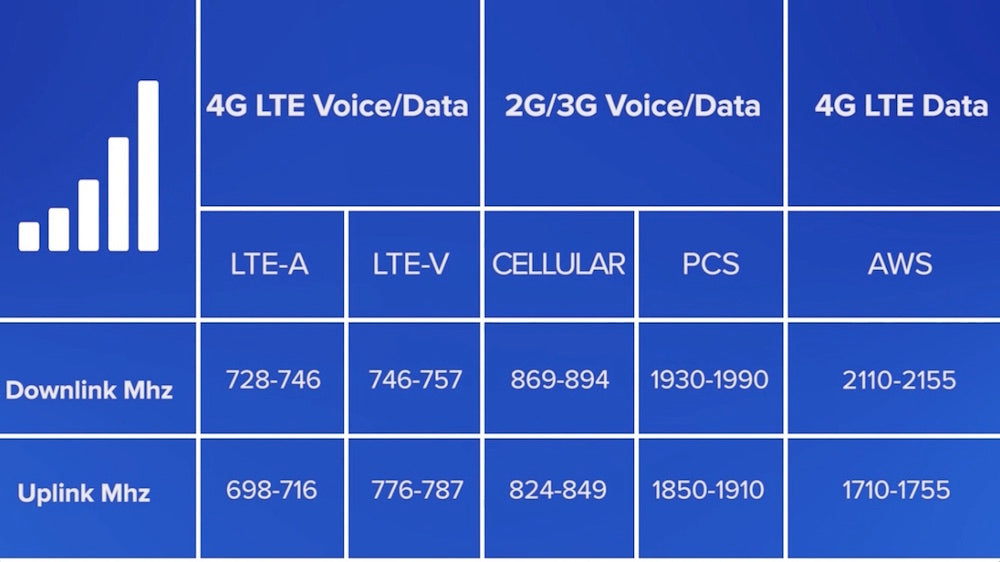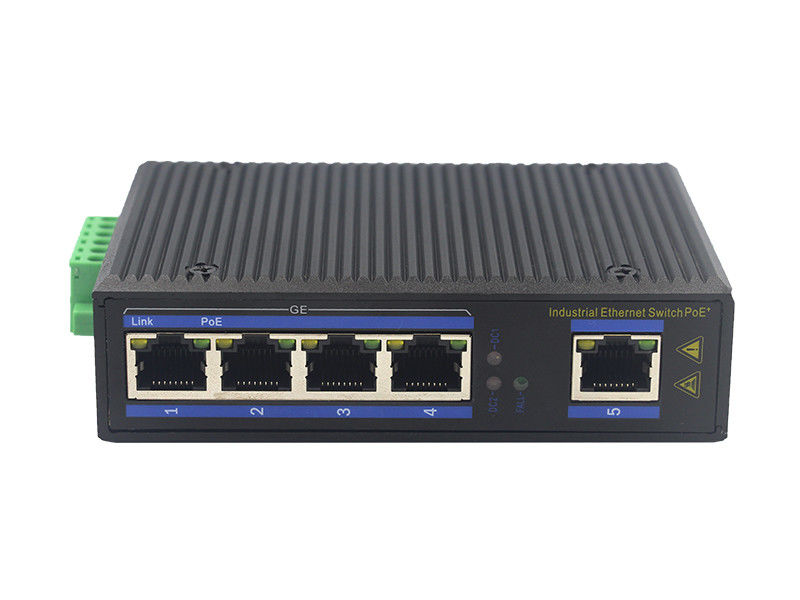



UPLINK DOWNLINK MAC
These message types are used to transport MAC commands and application data. PS "receiver/transceiver" is redundant "transceiver" already indicates this it is capable of being both a transmitter and re ceiver.In this chapter, you will learn about different message types used in LoRaWAN 1.0.x and 1.1. In the real world, any practical system is going to do worse.įor the downlink, this spread is going to be significantly smaller than the radius of the Earth as long as it's in the MHz range, so if it wouldn't violate quantum mechanics to have only a small portion of the beam miss the Earth, but again practical engineering is going to be another story.Īlso, if "downlink" is understood to mean satellite to Earth, then your last picture appears to be showing satellite to satellite transmissions, not downlinks. Note that this is the lower limit it's physically impossible to do better than this. So my formula gives a rough approximation of Hobbes' result. Taking the numbers from answer:ġ5 GHz -> wavelength ~ 0.0214 m, distance = 36*10^6 m and the transmitter = 10 m. This is just an order of magnitude formula obviously the beam doesn't have a sharp edge. There are several ways of arriving at this, such as Heisenberg's Uncertainty Principle (the smaller the transmitter, the more you know the position of the beam, therefore the less you know about the direction). I am unsure if the diagrammed scenario happens universally with all geosynchronous satellites, or only with the one listed in the image source.įor the uplink, there is a theoretical lower limit of the width of the spread that is ~ (distance between receiver and transmitter)*(wavelength)/(size of transmitter). As a final note, the following is a diagram showing the main lobe from a satellite leaking during the downlink process. The above points are things to consider with satellite uplink leaking into space, but I am also curious if satellite downlink can also leak. The main lobe has the strength to travel into geosynchronus orbit, but I'm unsure if the side lobes are capable of leaking into space. Which of these scenarios seems to be more accurate? Does the type of satellite uplink affect how much a signal spreads? (Ku-band, Ka-band, S-band?) Is a standard household satellite internet transceiver uplink more likely to leak then a teleport uplink due to the dish design?Īnother note to consider, I discovered while doing some Google-fu that satellite signal uplink also consists of "lobes". As a result, this spread results in much of the signal leaking into space. Possible Scenario Two: The signal of the satellite uplink spreads from the source of the uplink, similar to the path of a light of a flashlight. Either little, or none of the signal leaks into space. Possible Scenario One: The satellite uplink maintains it's path/signal width into geosynchronous orbit. The following images are two possible scenarios which I drew to help illustrate the path for a signal uplink, and I'm unsure which scenario is more accurate. I am interested in knowing how much a signal leaks into space during the ground-space-ground communication process. Satellite communication generally involves three types of nodes: the ground station (also known as teleport), the satellite in geosynchronous orbit, and the satellite receiver/transceiver.


 0 kommentar(er)
0 kommentar(er)
